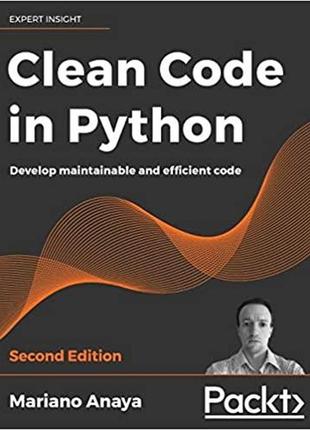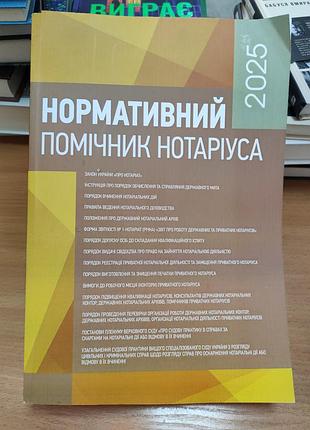Infrastructure as code, patterns and practices: with examples in python and terraform,...
Описание
Use Infrastructure as Code (IaC) to automate, test, and streamline
infrastructure for business-critical systems. \n \nIn Infrastructure as Code,
Patterns and Practices you will learn how to: \n \nOptimize infrastructure for
modularity and isolate dependencies \nTest infrastructure configuration
\nMitigate, troubleshoot, and isolate failed infrastructure changes
\nCollaborate across teams on infrastructure development \nUpdate
infrastructure with minimal downtime using blue-green deployments \nScale
infrastructure systems supporting multiple business units \nUse patterns for
provisioning tools, configuration management, and image building \nDeliver
secure infrastructure configuration to production \n \nInfrastructure as Code,
Patterns and Practices teaches you to automate infrastructure by applying
changes in a codified manner. You’ll learn how to create, test, and deploy
infrastructure components in a way that’s easy to scale and share across an
entire organization. The book is full of flexible automation techniques that
work whether you’re managing your personal projects or making live network
changes across a large enterprise. \n \nA system administrator or
infrastructure engineer will learn essential software development practices
for managing IaC, while developers will benefit from in-depth coverage of
assembling infrastructure as part of DevOps culture. While the patterns and
techniques are tool agnostic, you’ll appreciate the easy-to-follow examples in
Python and Terraform. \n \nAbout the technology \nInfrastructure as Code is a
set of practices and processes for provisioning and maintaining infrastructure
using scripts, configuration, or programming languages. With IaC in place,
it’s easy to test components, implement features, and scale with minimal
downtime. Best of all, since IaC follows good development practices, you can
make system-wide changes with just a few code commits! \n \nAbout the book
\nInfrastructure as Code, Patterns and Practices teaches flexible techniques
for building resilient, scalable infrastructure, including structuring and
sharing modules, migrating legacy systems, and more. Learn to build networks,
load balancers, and firewalls using Python and Terraform, and confidently
update infrastructure while your software is running. You’ll appreciate the
expert advice on team collaboration strategies to avoid instability, improve
security, and manage costs. \n \nWhat's inside \n \nOptimize infrastructure
for modularity and isolate dependencies \nMitigate, troubleshoot, and isolate
failed infrastructure changes \nUpdate infrastructure with minimal downtime
using blue-green deployments \nUse patterns for provisioning tools,
configuration management, and image building \n \nAbout the reader \nFor
infrastructure or software engineers familiar with Python, provisioning tools,
and public cloud providers. \n \nAbout the author \nRosemary Wang is an
educator, contributor, writer, and speaker. She has worked on many
infrastructure as code projects, and open source tools such as Terraform,
Vault, and Kubernetes.
Також купити книгу Infrastructure as Code, Patterns and Practices: With
examples in Python and Terraform, Rosemary Wang можливо по посиланню:
Также ищут:
Похожие товары
ТОП объявления
-
 TopДетская книга100 грн
TopДетская книга100 грн -
 TopПуговицы и кружево1400 грн
TopПуговицы и кружево1400 грн -
 TopКнижки 18+ пенелопа скай1200 грн
TopКнижки 18+ пенелопа скай1200 грн -
 TopКнижечки для чтения 3-5р100 грн
TopКнижечки для чтения 3-5р100 грн -
 TopКниги набор 9 штук оптом100 грн
TopКниги набор 9 штук оптом100 грн -
 TopКнига «уроки химии»285 грн
TopКнига «уроки химии»285 грн -
 TopКнига «сила момент теперь»240 грн
TopКнига «сила момент теперь»240 грн -
 TopКнижки для чтения70 грн
TopКнижки для чтения70 грн -
 TopНормативный помощник нотариуса 20251999 грн
TopНормативный помощник нотариуса 20251999 грн




































